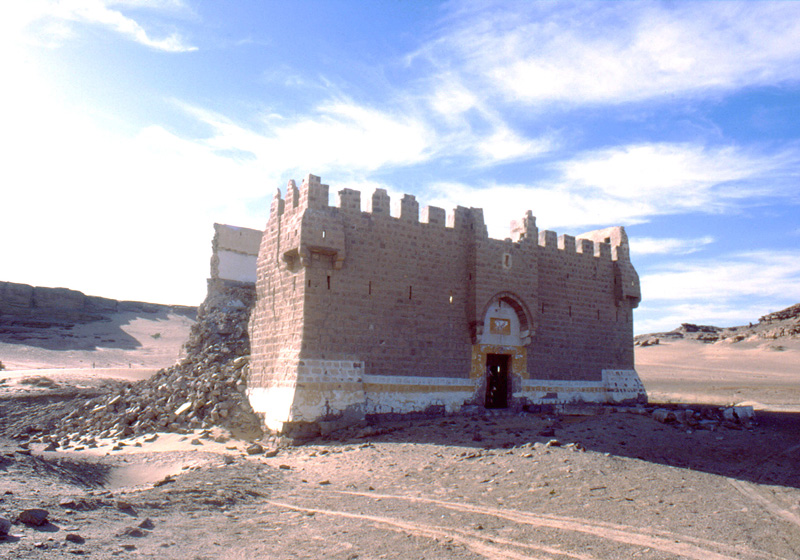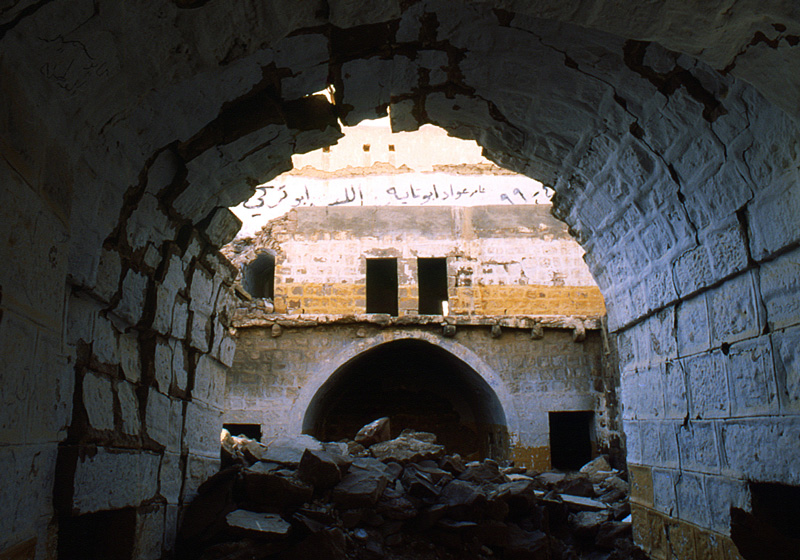Hajj Hotels
This destination is only recommended in winter since Mudawwara and the adjacent Batn Al Ghoul can be drainingly hot in summer. The castle is not visible from the road to the Saudi Arabian border crossing. You will have to exit to the right (west) about 1km before the village of Mudawwara, drive for about 2 km on a dirt road, and you will find the castle hidden in the hills. You can also ask for directions at the checkpoint on the main road.

The fort of Mudawwara is part of a line of forts that demarcate the pilgrimage route south of Amman. One can imagine that the southern parts of Jordan were most difficult for pilgrims coming from and through the Ottoman Empire. To the south of Amman, pilgrims had to head slightly eastward leaving the towns and villages and navigate in a dangerous wilderness. Among the threats posed by both nature and man, thirst was the most eminent. As the Hajj season, like Ramadan, rotates around the year anti-clockwise (or better anti-calenderwise) it passes every decade or so in the middle of the summer. All of the Hajj forts were built in a water harvesting location with large water pools in addition to some wells in their courtyards.
These forts were desert lodges, “hotels” to provide water and security for pilgrims and merchants. They all have similar square floor plans with a central courtyard that can, if needed, give the caravan camels a secure resting place. From Amman to Mudawwara there are at least seven such forts. Some are in good condition like Zeezia or Jiza with its still-functioning pool, and Qatarana, which was frequently restored. Others are partially ruined such as Al Hisa and Unaiza. Some of these forts were completely flattened such as Khan al Zabib. The less known forts are lost –away from the sight of main roads, and are hardly known except to the shepherds of their surroundings. These include Khan Dab’ah (also called Khan al Balqa), Khan Fassu’ah (between al Shedyeh and Batn Al Ghoul and Khan Al Mudawwara.
Almost all of these fortified khans are built as a square with one gate to the east or sometimes to the north. The middle is kept as an open court in which some wells could be dug and water would then be within the reach of rope-pulling efforts. An upper floor would usually be saved for bedrooms and in all cases fenestration in the outer walls would be kept minimal in the upper floors and for security would completely diminish at the ground floor.

Although the architectural style of these forts is strongly Ottoman, the date of their construction is often in dispute. While an inscription was found to date the fort of Al Hisa to the mid 18th century, and thus built by the Ottoman Sultan Mustafa the Third, some scholars debate their construction to be much earlier, during the late Mamluk period, in the 15th century AD.
In the last few decades many of these khans were damaged through natural threats and neglect. The fort of Mudawwara was vandalized in the late 1980s when its outer walls were partially bulldozed in search of gold.
These forts stand in time as relics that can help us live the stories and hardships of travelers, merchants and pilgrims, in a landscape of a terrifying power.
To visit Mudawara from Amman and to return on the same day is a tough drive, as you would spend some 6 to 7 hours in the car for the round trip, nevertheless it can be done if you like driving. For the best combination try spending a night before or after at Petra, Dana, Wadi Rum or Aqaba. The drive from Mudawwara to Wadi Rum –via Disi - is a must for those who like 4x4 adventure; it requires a good sense of directions, a guide from the area or someone who has driven it before. The fort by itself may not be worth the full-day drive –the adventure of finding it and other hidden sites and visiting different places on the way can enrich your expedition.